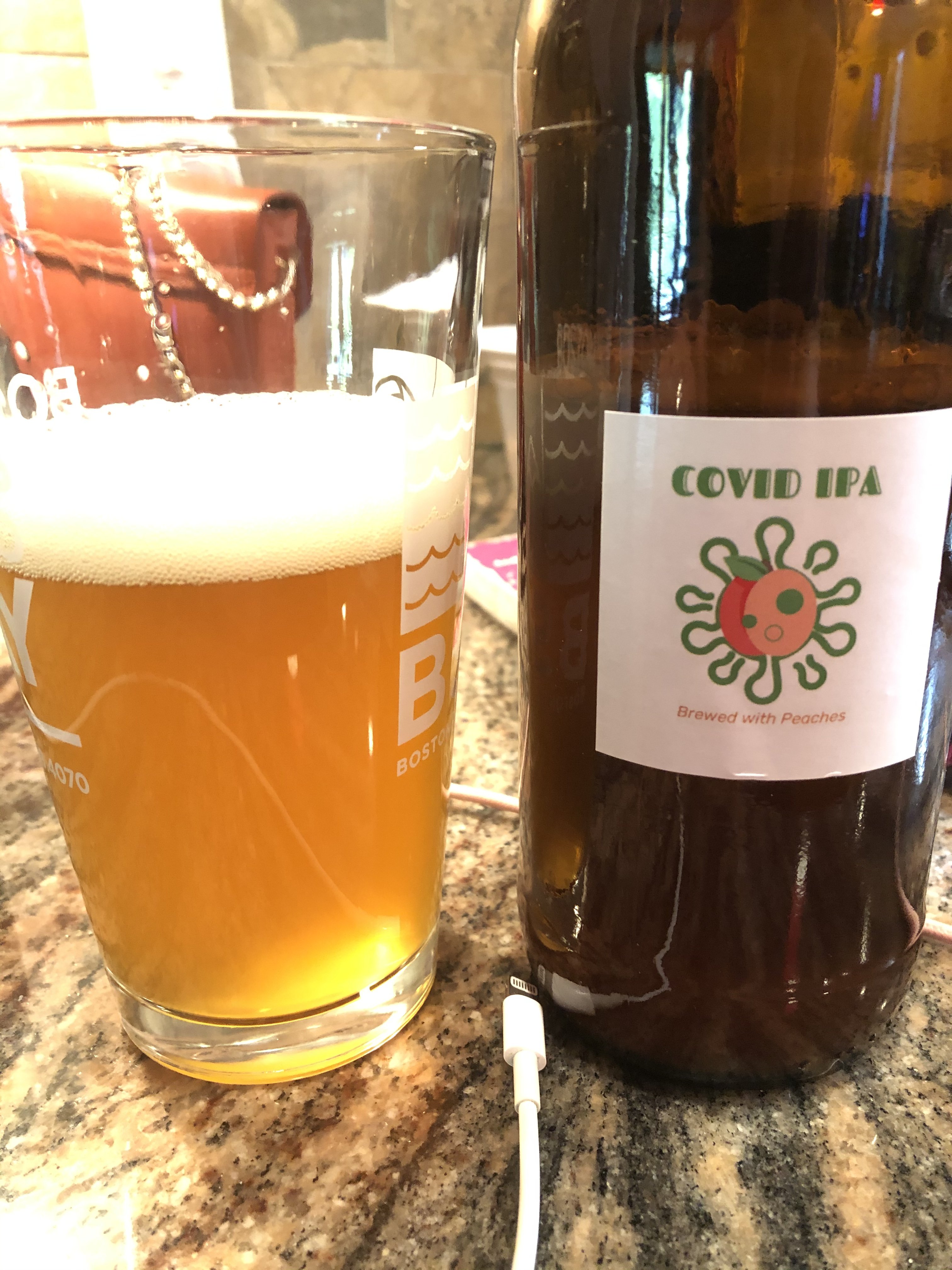danimal92sport
Undefeated at naps
Sorry to say, but I do not believe you’ll be able to detect the peach at all at a rate of less than 1lb per gallon. I just aged a very light sour on peaches, 4 lbs for 4 gallons, for 2 weeks and...nothing. It’s a very light flavor, so it probably won’t be detectable alongside the other prominent flavors of your beer. I’ve read that apricots will give you more peach flavor than peach ever will, so I’ll try that next time.
Dan
Dan



